Four Elements
THOMAS CABANISS, VOL. I
Thomas Cabaniss composer
Yuriy Bekker violinist
Micah Gangwer violinist
Jan-Marie Joyce violist
Jason Calloway cellist
Charleston Symphony String Quartet
FOUR ELEMENTS from Thomas Cabaniss showcases the composer’s creative versatility developed over three decades collaborating across various artistic disciplines. Writing music for dance, theater, film, and the concert stage, Cabaniss incorporates elements from all of these forms in his works for string quartet. Many of the movements started out as portions of dance and theater works, while others were crafted from the start for concert audiences. Performed by the Charleston Symphony String Quartet, FOUR ELEMENTS presents Cabaniss’s String Quartets 1, 2, & 5 — representing the first half of his output in this musical form. Taken together, the works serve as a fitting reflection of his wide-ranging pursuits and passions.
Listen
Stream/Buy
Choose your platform
Experience in Immersive Audio
This album is available in spatial audio on compatible devices.
Stream now on Apple Music, Tidal, and Amazon Music.
Track Listing & Credits
| # | Title | Composer | Performer | |
|---|---|---|---|---|
| 01 | String Quartet #1 - Hidden Wounds: I. Agitato | Thomas Cabaniss | Charleston Symphony String Quartet | Yuriy Bekker, Micah Gangwer - violins; Jan-Marie Joyce, viola; Jason Calloway, cello | 4:35 |
| 02 | String Quartet #1 - Hidden Wounds: II. Adagio | Thomas Cabaniss | Charleston Symphony String Quartet | Yuriy Bekker, Micah Gangwer - violins; Jan-Marie Joyce, viola; Jason Calloway, cello | 3:55 |
| 03 | String Quartet #1 - Hidden Wounds: III. Andante con moto | Thomas Cabaniss | Charleston Symphony String Quartet | Yuriy Bekker, Micah Gangwer - violins; Jan-Marie Joyce, viola; Jason Calloway, cello | 4:39 |
| 04 | String Quartet #1 - Hidden Wounds: IV. Con moto | Thomas Cabaniss | Charleston Symphony String Quartet | Yuriy Bekker, Micah Gangwer - violins; Jan-Marie Joyce, viola; Jason Calloway, cello | 4:59 |
| 05 | String Quartet #2 - Three Dance Grooves: I. With a groove | Thomas Cabaniss | Charleston Symphony String Quartet | Yuriy Bekker, Micah Gangwer - violins; Jan-Marie Joyce, viola; Jason Calloway, cello | 3:57 |
| 06 | String Quartet #2 - Three Dance Grooves: II. Energico | Thomas Cabaniss | Charleston Symphony String Quartet | Yuriy Bekker, Micah Gangwer - violins; Jan-Marie Joyce, viola; Jason Calloway, cello | 5:18 |
| 07 | String Quartet #2 - Three Dance Grooves: III. With intensity and passion | Thomas Cabaniss | Charleston Symphony String Quartet | Yuriy Bekker, Micah Gangwer - violins; Jan-Marie Joyce, viola; Jason Calloway, cello | 4:06 |
| 08 | String Quartet #5 - Four Elements: I. "Earth" | Thomas Cabaniss | Charleston Symphony String Quartet | Yuriy Bekker, Micah Gangwer - violins; Jan-Marie Joyce, viola; Jason Calloway, cello | 3:46 |
| 09 | String Quartet #5 - Four Elements: II. "Air" | Thomas Cabaniss | Charleston Symphony String Quartet | Yuriy Bekker, Micah Gangwer - violins; Jan-Marie Joyce, viola; Jason Calloway, cello | 4:02 |
| 10 | String Quartet #5 - Four Elements: III. "Fire" | Thomas Cabaniss | Charleston Symphony String Quartet | Yuriy Bekker, Micah Gangwer - violins; Jan-Marie Joyce, viola; Jason Calloway, cello | 3:49 |
| 11 | String Quartet #5 - Four Elements: IV. "Water" | Thomas Cabaniss | Charleston Symphony String Quartet | Yuriy Bekker, Micah Gangwer - violins; Jan-Marie Joyce, viola; Jason Calloway, cello | 5:36 |
Recorded May 15-18, 2023 at the University of South Carolina School of Music in Columbia SC
Recording Session Producer Brad Michel
Recording Session Engineer Jeff Francis
Editing, Mixing & Mastering Brad Michel
Executive Producer Bob Lord
A&R Director Brandon MacNeil
VP of Production Jan Košulič
Audio Director Lucas Paquette
Production Manager Martina Watzková
Production Assistant Adam Lysák
VP, Design & Marketing Brett Picknell
Art Director Ryan Harrison
Design Edward A. Fleming
Publicity Chelsea Kornago
Artist Information
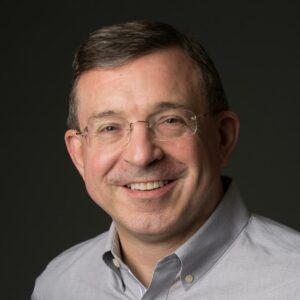
Thomas Cabaniss
Thomas Cabaniss (b. Charleston SC, 1962) is a composer for dance, theater, film, and the concert stage. Cabaniss helped to create the Lullaby Project at Carnegie Hall, serving young parents in shelters, hospitals, and prisons with collaboratively created songs for their children. He has been teaching at Juilliard in the Dance Division since 1998 and in the Music Division since 2007. He served as education director for the New York Philharmonic and Music Animateur at the Philadelphia Orchestra. He has written articles for Chamber Music Magazine and the Teaching Artist Journal. His music is published by Boosey & Hawkes, European American Music, G. Schirmer, and musiCreate publiCations. He is a member of ASCAP and an associated artist of Target Margin Theater.
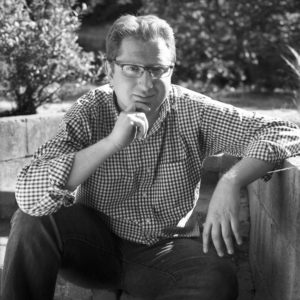
Yuriy Bekker
Yuriy Bekker, critically-acclaimed violinist and conductor, has been a mainstay of the Charleston Symphony Orchestra (CSO) in Charleston SC for 15 years. He has recently been named the CSO’s Artistic Director and also continues to lead as Concertmaster (2007) and Principal Pops Conductor (2016). Bekker previously served as the orchestra’s Acting Artistic Director from 2010-2014, playing a major role in the orchestra’s successful resurgence.
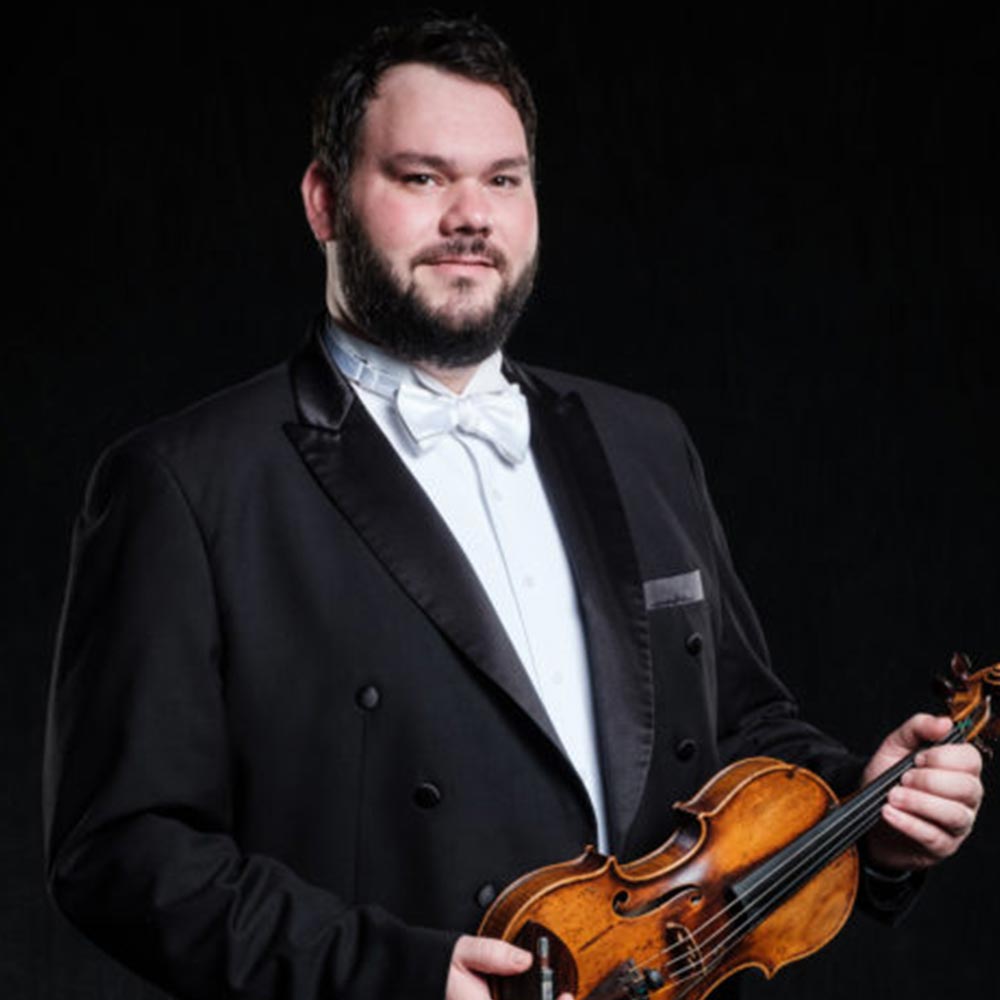
Micah Gangwer
Micah Gangwer is the Assistant Concertmaster of the Charleston Symphony Orchestra and Concertmaster of the Hilton Head Symphony Orchestra. He attended Miami University for his undergraduate degree in violin performance, and studied at the University of Oklahoma and the University of South Carolina for graduate school. Gangwer began studying the violin at the age of 4 and has studied privately with violinists Stephan Shipps, William Terwilliger, Movses Pogossian, Harvey Thurmer, and Felicia Moye.
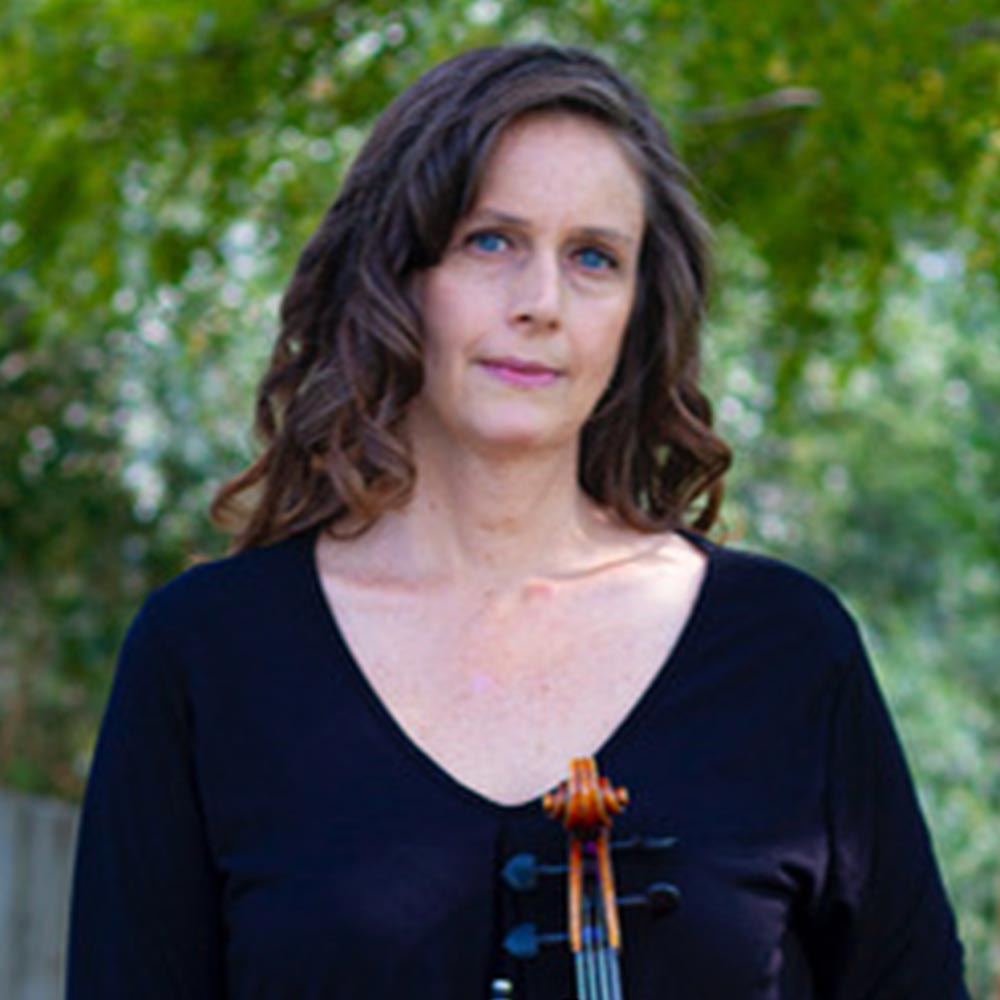
Jan-Marie Joyce
Jan-Marie Joyce has been Principal Violist of the Charleston Symphony Orchestra for 24 years. She has appeared frequently as a soloist, most recently performing Mozart’s Sinfonia Concertante with the CSO’s concertmaster Yuriy Bekker. She is a graduate of the Cleveland Institute of Music where she studied under Stanley Konopka, Assistant Principal Violist of the Cleveland Orchestra, and the Cavani Quartet, the Cleveland Institute of Music’s resident quartet. While at CIM, she was the recipient of the Robert Vernon Prize in viola performance. She has also performed in masterclasses with Robert Vernon, former Principal Violist of the Cleveland Orchestra, and Dan Foster, Principal Violist of the National Symphony Orchestra.

Jason Calloway
Cellist Jason Calloway has performed to acclaim throughout North America, the Caribbean, Europe, and the Middle East as soloist and chamber musician. He has appeared at festivals including Lucerne, Spoleto, Darmstadt, Klangspuren (Austria), Taipei, Acanthes (Frances), Perpignan, Valencia, Citta’ della Pieve (Italy), Jerash (Jordan), Casals (Puerto Rico), Cervantino (Mexico), Blossom, Brevard, Great Lakes, Kingston, Rockport, Sedona, and Sarasota. Currently cellist of the Banff award-winning Amernet String Quartet, Ensemble-in-Residence at Florida International University in Miami, Calloway was previously a member of the Naumburg award-winning Biava Quartet, formerly in residence at the Juilliard School.

Charleston Symphony String Quartet
The Charleston Symphony String Quartet is one of the premiere ensembles of the Charleston Symphony Orchestra consisting of its principal string players. The CSO Quartet performs regularly throughout the greater Charleston area in South Carolina and is featured annually as part of the renowned Piccolo Spoleto Festival. In addition to a wide range of chamber music performances, the group is actively involved with arts education and performs for thousands of children in public schools every year. Members of the quartet include CSO core musicians Yuriy Bekker and Micah Gangwer (violins) and Jan-Marie Joyce (viola), joined by guest cellist Jason Calloway. Dedicated to championing a wide range of chamber music genres, FOUR ELEMENTS from Navona Records is the ensemble’s debut recording.
Notes
It can be a beautiful thing to come home. For the past several years I have been lucky enough to work with musicians of my hometown orchestra, the Charleston Symphony, in education concerts that serve the schools of the Lowcountry. That led us to create a multi-year recording project focusing on my six string quartets. Three of them are in this first volume. The rest will follow soon. I hope you will enjoy these performances by the Charleston Symphony String Quartet as much as I enjoyed our collaboration in recording them. In May 2023 we trekked up to Columbia SC, where we were lucky to be hosted by engineer Jeff Francis and the University of South Carolina School of Music and joined by our producer, Brad Michel from PARMA Recordings. Special thanks to Philip Rothman of NYC Music Services for his excellent preparation of the score and parts.
— Thomas Cabaniss
Videos
The Charleston Symphony Quartet recording the end of String Quartet #5 – IV. “Water”


